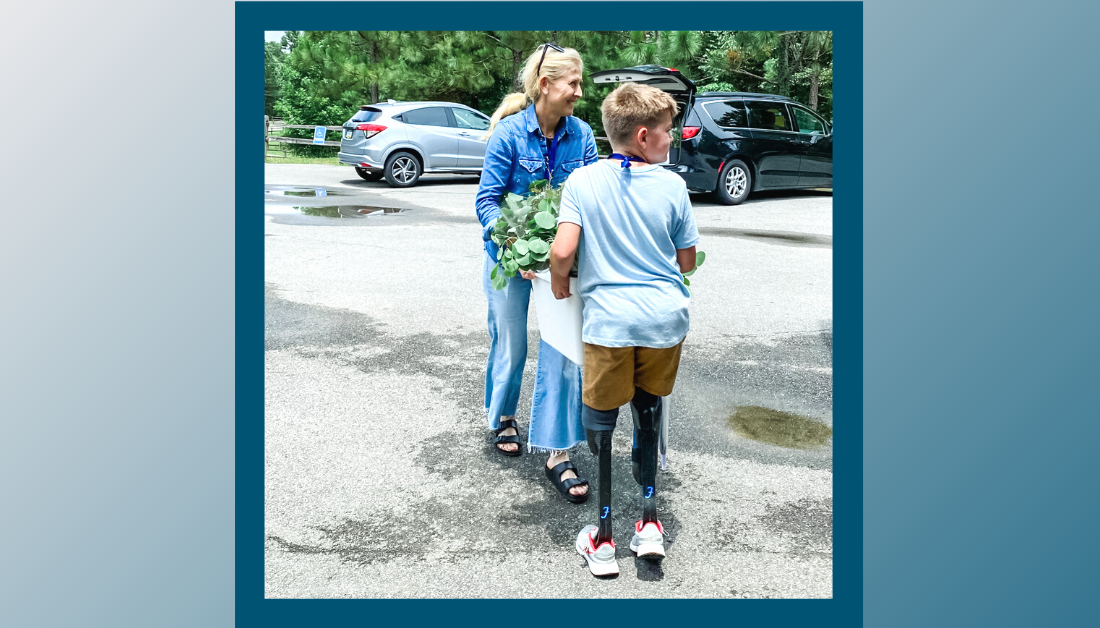 I love that at Hope Heals Camp several weeks ago, people with disabilities served as volunteers. And lots of able-bodied people came as campers (who had family members with disabilities). And lots of volunteers found that they had arrived with “invisible wheelchairs” inside their hearts and souls.
I love that at Hope Heals Camp several weeks ago, people with disabilities served as volunteers. And lots of able-bodied people came as campers (who had family members with disabilities). And lots of volunteers found that they had arrived with “invisible wheelchairs” inside their hearts and souls.
We were blurring the lines of disability. It didn’t diminish the particular pain and hardship many of the individuals with disabilities and their family members experience. But it did allow an experience of common humanity. Common heartache. Common joy.
One family has been coming to Hope Heals camp for years as campers. Their son lost his legs in an accident a few years ago, and throughout those years they needed to receive care and love from this community.
But this year they all came as volunteers. Their family has gone through a long, dark, hard experience, and they have emerged on the other side of healing, at least for now. Their son is pictured above carrying greens from one building to another to help our hospitality team.
I share this as one example of what our communities—churches, schools, families—could look like if we assume that we bear particular burdens within the context of our shared humanity. That we have seasons of service and seasons of need and sometimes both all at once. That the lines between able and disabled are not stark but fluid. That all of us have wounded bodies or hearts or minds or spirits in need of healing and with healing to offer to others.
Learn more with Amy Julia about blurring the lines of disability:
- Dance Like Everybody’s Watching (and Celebrating What They See)
- Emotional Disability
- How My Lack of Faith Got Us to Hope Heals Camp
If you haven’t already, you can subscribe to receive regular updates and news. You can also follow me on Facebook, Instagram, Twitter, Pinterest, YouTube, and Goodreads, and you can subscribe to my Love Is Stronger Than Fear podcast on your favorite podcast platforms.



